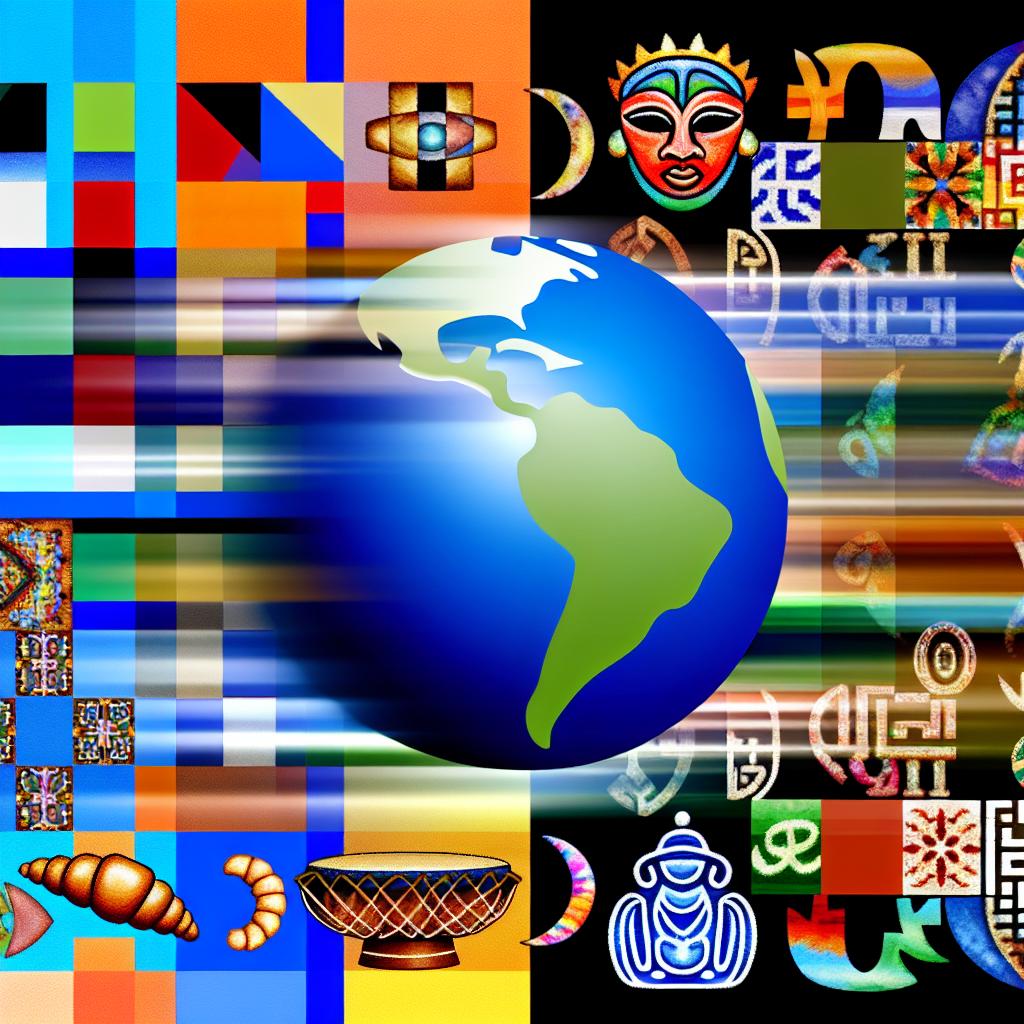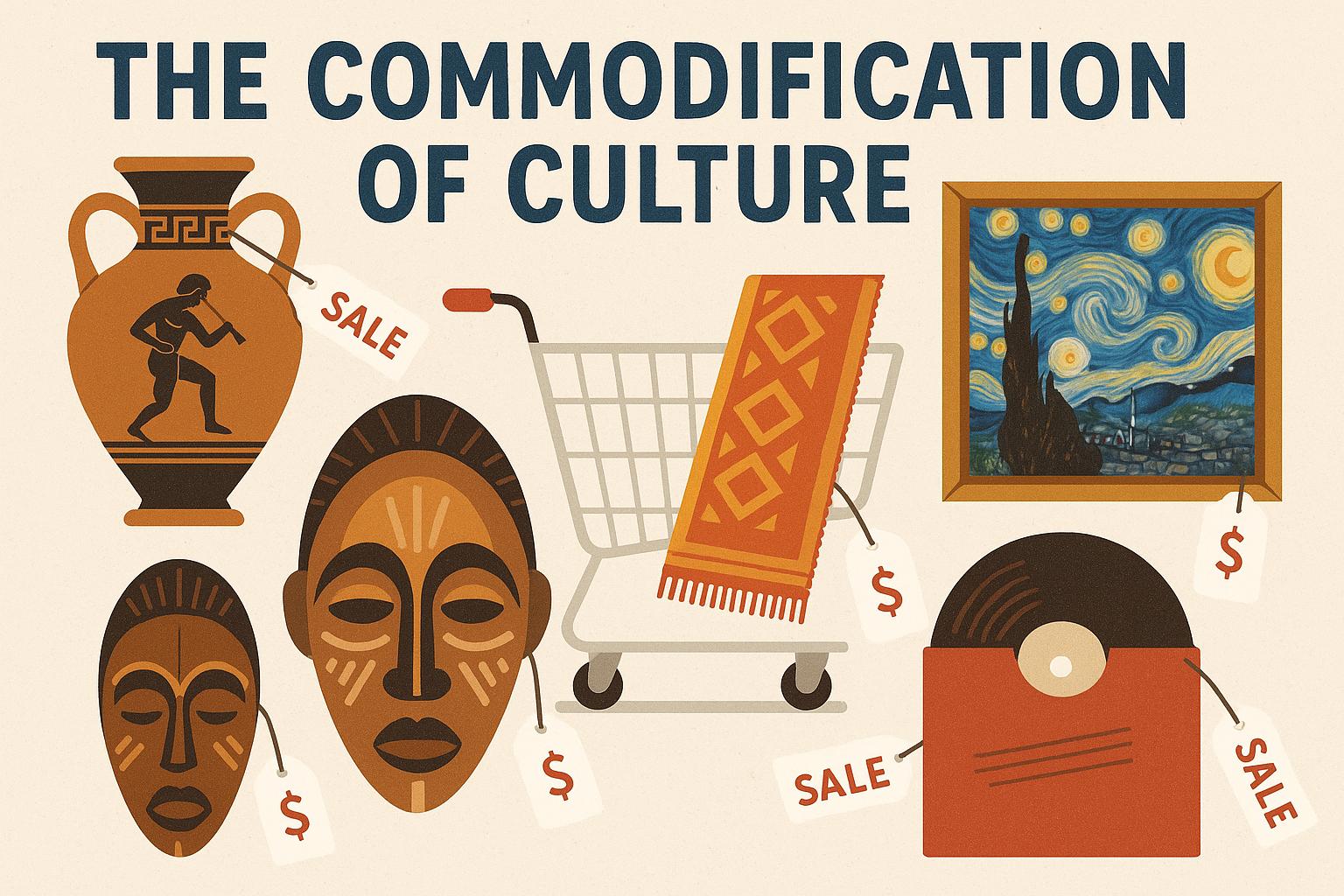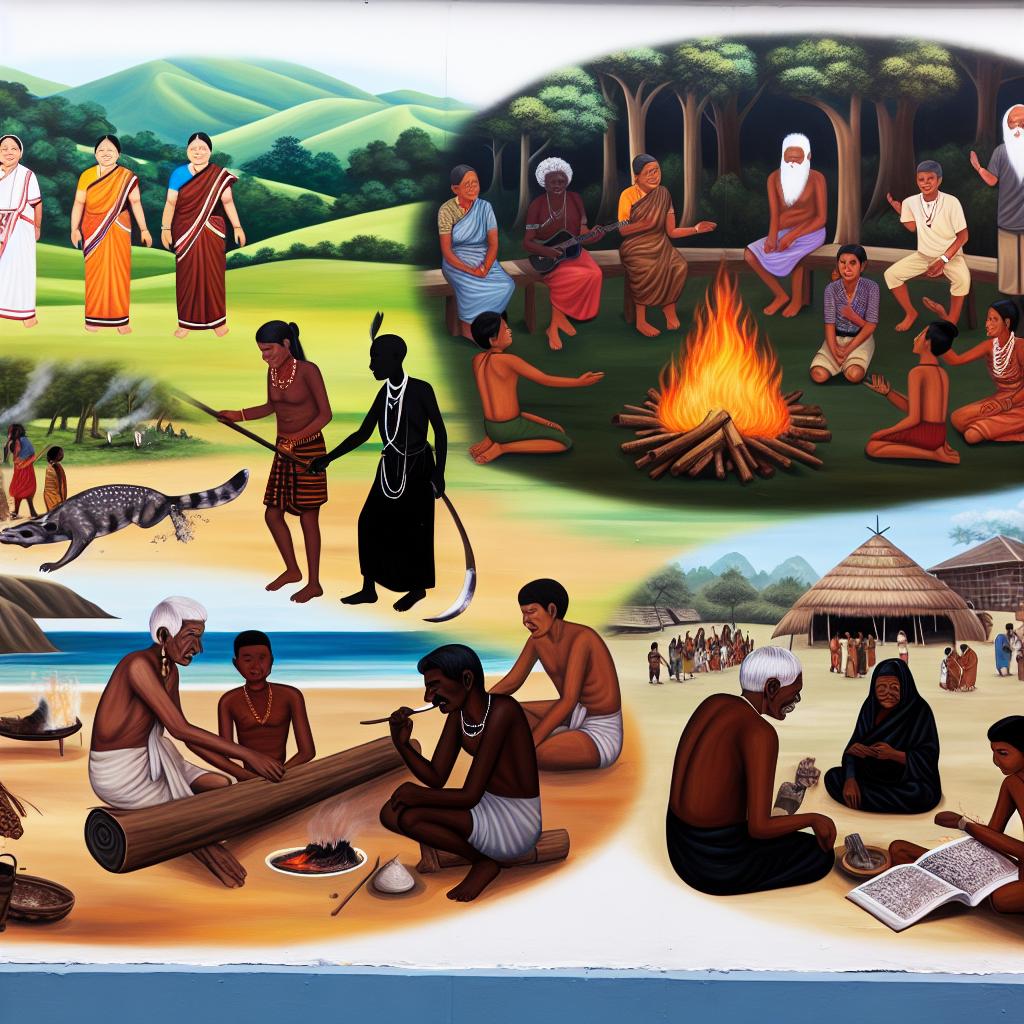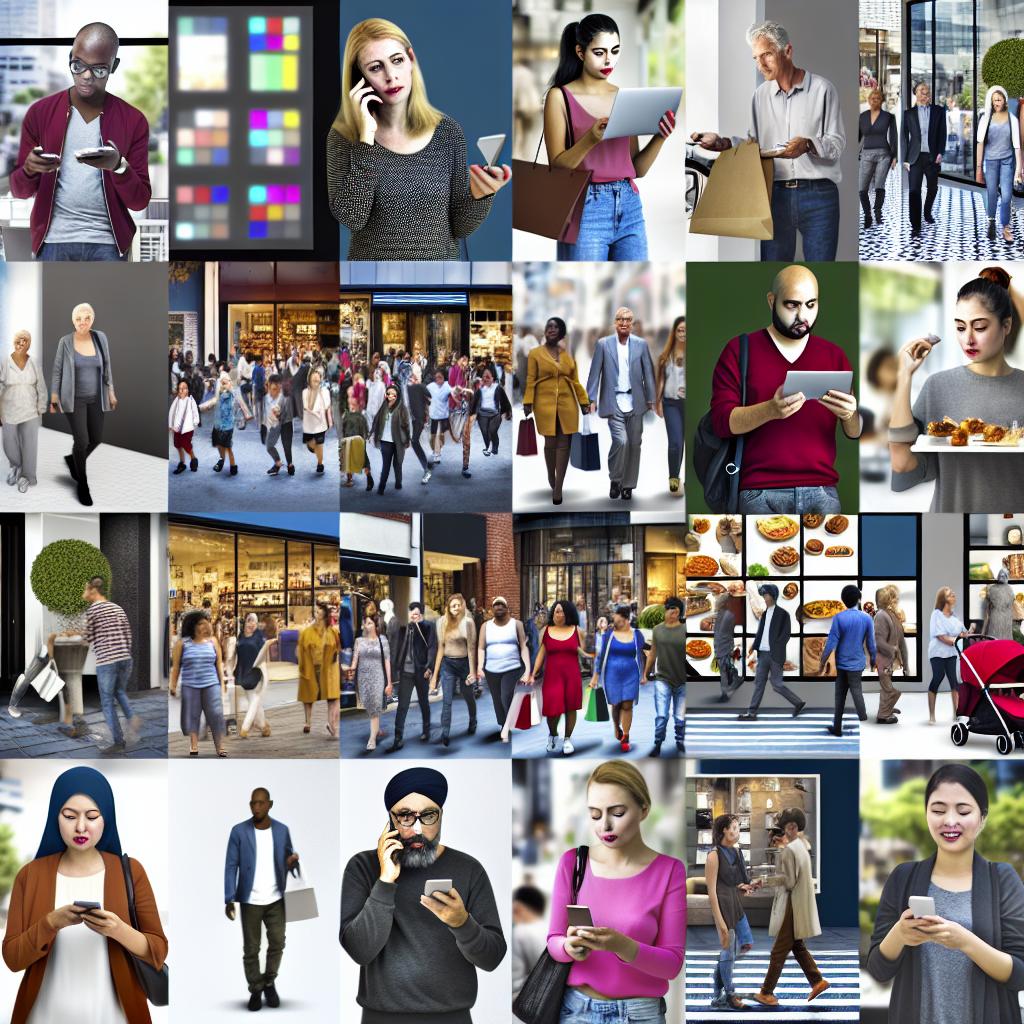Introduction
The phenomenon of globalization has considerably transformed the economic, political, and social landscapes across the globe. Among its many effects, cultural homogenization stands out as a significant consequence. This term refers to the process through which local cultures begin to resemble, and often become dominated by, more widespread or global cultures. This article explores how globalization leads to cultural homogenization, its implications, and the ongoing debate surrounding this transformation.
Influence of Globalization on Culture
Globalization facilitates the movement of goods, information, and people across borders at unprecedented speeds and volumes. The result is an increase in the interaction between different cultures. A significant component driving this cultural exchange is the global reach of media and technology. Movies, music, and social media platforms allow for the dissemination of cultural products far beyond their origin.
Media and Technology
The proliferation of satellite television, streaming services, and the internet has enabled cultural products to traverse the globe swiftly. Dominant cultures, often those with the most influential media industries such as the United States, frequently permeate less dominant ones. The result is a widespread consumption of similar media content leading to a shared, albeit sometimes superficial, cultural experience.
The role of technology in cultural transformation cannot be overstated. With the rise of digital platforms, various forms of entertainment and information are just a click away. These platforms often present content that stretches beyond its cultural boundaries, introducing people to lifestyles, languages, and beliefs different from their own. In essence, this technology-driven transformation could lead to a diluted representation of local cultures, overshadowed by more pervasive global influences.
Economic Integration
The integration of world economies has also played a role in cultural homogenization. Multinational corporations promote global brands and goods, leading to similar consumer experiences worldwide. For instance, the presence of fast-food chains in virtually every corner of the world illustrates this point.
Moreover, the dominance of global brands indicates a shift in consumer behavior influenced by global marketing strategies. Products and services are often standardized to meet international expectations, sometimes sacrificing local uniqueness in the process. As people around the world become accustomed to certain brands and goods, the rich diversity once characterizing distinct markets wanes, potentially stifling local entrepreneurship and innovation.
Implications of Cultural Homogenization
While some view cultural homogenization as a threat to local identities and traditions, it also fosters a form of cultural exchange that can lead to increased understanding and cooperation among nations.
Loss of Cultural Identity
One of the primary concerns associated with cultural homogenization is the erosion of local cultures. Indigenous languages, traditional customs, and local art forms may face extinction or significant alteration as global cultural symbols take precedence.
The loss is not merely aesthetic; it includes intangible aspects of cultural identity that are difficult to measure or replicate once they fade. Cultural homogenization can erode the sense of belonging and historical connection within societies, particularly among younger generations who may feel detached from their cultural roots. This loss often results when local narratives become secondary to global media stories, which may not reflect native experiences or histories.
Increased Cultural Exchange
Conversely, cultural homogenization can also serve as a platform for increased cultural exchange. Having a shared cultural framework can facilitate communication and understanding between diverse groups. Global celebrations such as the Olympics or international music festivals reflect this merging of cultures and shared experiences.
Besides fostering shared global experiences, this exchange can promote innovation and creativity by introducing new ideas and perspectives. Collaboration among different cultural backgrounds may lead to the development of hybrid cultural expressions that can redefine art, music, and literature. Through dialogues and interactions facilitated by a global culture, local traditions can reimagine themselves, leading to a richer, more diverse cultural landscape.
Economic Opportunities
Additionally, globalization offers economic opportunities that can support cultural preservation. Tourism, fueled by globalization, often generates significant revenue for protecting local arts and traditions. When properly managed, these economic benefits can help sustain cultural heritage.
For instance, attracting tourists to experience unique cultural products—such as traditional crafts, music, or festivals—requires preservation and promotion of these authentic practices. This tourism advantage can spur investment into cultural sites and industries, creating jobs while simultaneously safeguarding cultural heritage. Moreover, by showcasing cultural diversity, tourism can educate visitors, contributing to cross-cultural understanding and appreciation.
The Ongoing Debate
The impact of globalization on cultural diversity is a matter of considerable debate among scholars, policymakers, and activists. Some argue that globalization primarily benefits larger, more influential cultures while marginalizing smaller ones. Others suggest that global interaction enriches cultures, leading to revitalization rather than erosion.
Preservation and Adaptation
Efforts are ongoing globally to strike a balance between adaptation to a global culture and the preservation of local identities. Educational programs, cultural exchanges, and legislation often aim to protect endangered languages and traditions.
In education, incorporating local narratives and languages into curricula ensures that students remain connected to their heritage while preparing them for a global society. Cultural policies designed to promote art forms native to a particular region can also help in this endeavor. These initiatives seek to empower local communities to maintain their cultural practices within the broader context of a connected world.
Conclusion
Globalization undeniably contributes to cultural homogenization, but this process is neither wholly negative nor entirely avoidable. It presents both challenges and opportunities for cultural diversity around the world. As societies continue to interact on a global scale, the focus might shift towards a more integrated but conscious form of cultural exchange, where diversity is celebrated rather than overshadowed.
Recognizing the dual nature of globalization’s impact on culture allows for a nuanced approach to preserving identity while engaging with the global community. Future efforts may prioritize fostering resilience within local cultures, ensuring they adapt and coexist within the global cultural tapestry.



